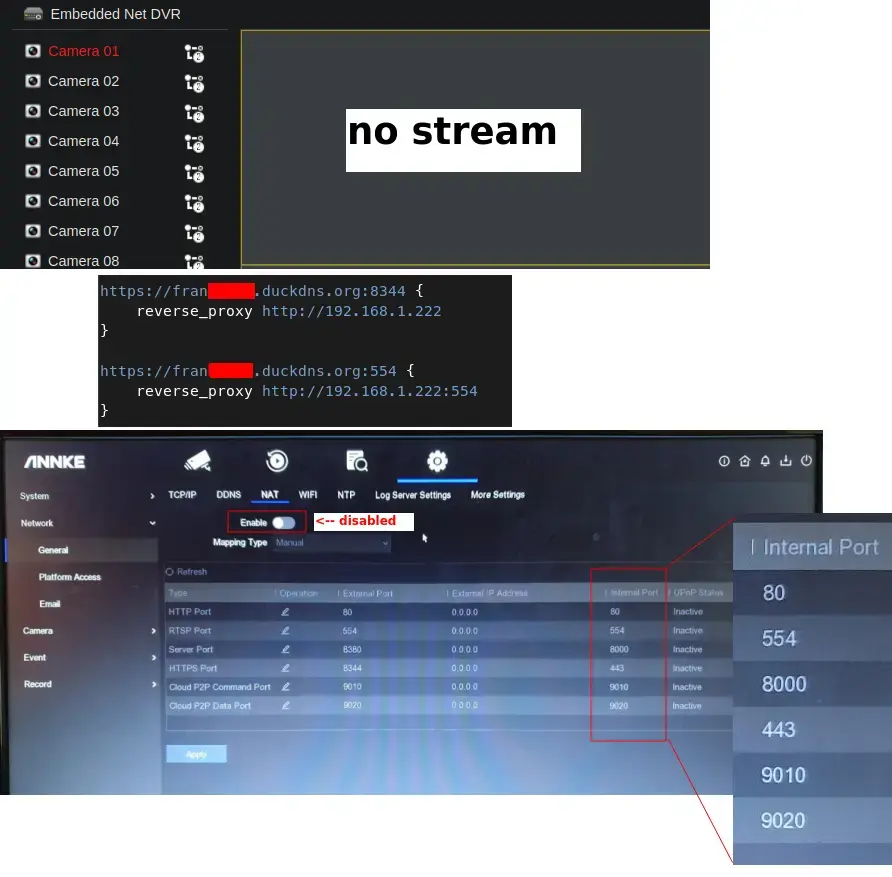this post was submitted on 02 Aug 2024
33 points (100.0% liked)
Linux
48008 readers
1462 users here now
From Wikipedia, the free encyclopedia
Linux is a family of open source Unix-like operating systems based on the Linux kernel, an operating system kernel first released on September 17, 1991 by Linus Torvalds. Linux is typically packaged in a Linux distribution (or distro for short).
Distributions include the Linux kernel and supporting system software and libraries, many of which are provided by the GNU Project. Many Linux distributions use the word "Linux" in their name, but the Free Software Foundation uses the name GNU/Linux to emphasize the importance of GNU software, causing some controversy.
Rules
- Posts must be relevant to operating systems running the Linux kernel. GNU/Linux or otherwise.
- No misinformation
- No NSFW content
- No hate speech, bigotry, etc
Related Communities
Community icon by Alpár-Etele Méder, licensed under CC BY 3.0
founded 5 years ago
MODERATORS
you are viewing a single comment's thread
view the rest of the comments
view the rest of the comments

yeah but I am not exposing my DVR to the internet, right? I only expose my reverse proxy (Caddy) to the internet that is just redirecting the traffic from my DVR. You kinda make me worry as if this is still not safe enough??
That's exposing it to the internet
That's right. My bad.
A reverse proxy by itself doesn't do much security wise. You could possibly setup some sort of authentication, attempt blocking, and rate limiting (in the reverse proxy, don't trust the DVR), but it'll probably also break the DVR even more.
There's bots that port scan and specifically target all sorts of stuff, and DVRs are a very common target. With a VPN in the way, there's no way of knowing what's there. A VPN also shouldn't break the web UI.
Ah yes, I see my mistake... VPN is good option then. Thank you